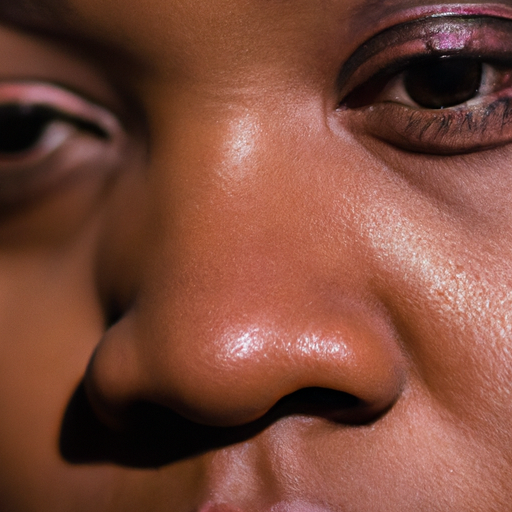As a seasoned dermatologist, I have encountered countless individuals battling the discomfort and aesthetic challenges of dry skin. Dry skin, or xerosis cutis, is a common condition characterized by a lack of appropriate water in the most superficial layer of the skin, the epidermis. It can affect people of all ages and skin types and is often exacerbated by environmental factors. This article aims to shed light on the diagnosis of dry skin and share some effective treatment strategies.
Diagnosis of dry skin begins with a thorough medical history and physical examination. The dermatologist will ask about your symptoms, their duration, and any potential triggers. They will also inquire about your lifestyle, diet, current medications, and family history of skin conditions. The physical examination involves a close inspection of the affected areas to assess the severity and pattern of dryness.
In some cases, further diagnostic tests may be necessary to rule out underlying conditions that could be causing or contributing to your dry skin. These may include blood tests to check for conditions like diabetes or kidney disease, allergy tests to identify potential irritants or allergens, or a skin biopsy to exclude other skin disorders.
Once a diagnosis of dry skin is confirmed, the focus shifts to treatment strategies. The primary aim is to hydrate the skin and restore its natural protective barrier. This is usually achieved through a combination of over-the-counter products, prescription medications, and lifestyle modifications.
Moisturizers are the cornerstone of dry skin treatment. They work by providing a protective layer on the skin’s surface that locks in moisture. The best time to apply a moisturizer is immediately after bathing while your skin is still damp. Look for products containing ingredients like hyaluronic acid, glycerin, or ceramides, which are particularly effective at hydrating and repairing the skin.
For more severe cases of dry skin, prescription creams or ointments containing hydrocortisone may be recommended. These medications can help reduce inflammation and soothe irritated skin. However, they should be used sparingly and under the guidance of a dermatologist due to potential side effects.
In addition to topical treatments, lifestyle modifications can significantly improve dry skin. These include avoiding harsh soaps and detergents, taking shorter showers with lukewarm water, and using a humidifier in dry climates or during winter months. It’s also important to stay hydrated by drinking plenty of water and maintaining a balanced diet rich in essential fatty acids.
In recent years, advanced treatments like phototherapy and laser therapy have shown promise in treating persistent dry skin. Phototherapy involves exposing the skin to specific wavelengths of light to stimulate the skin’s natural healing processes. Laser therapy, on the other hand, uses concentrated light energy to remove damaged skin cells and stimulate the production of new, healthy ones.
In conclusion, while dry skin can be a frustrating condition to deal with, understanding its diagnosis and treatment options can empower individuals to take control of their skin health. Remember, each person’s skin is unique, and what works for one person may not work for another. Therefore, it’s crucial to consult with a dermatologist or skincare professional to develop a personalized treatment plan. With the right approach, you can effectively manage dry skin and enjoy a healthier, more comfortable complexion.



